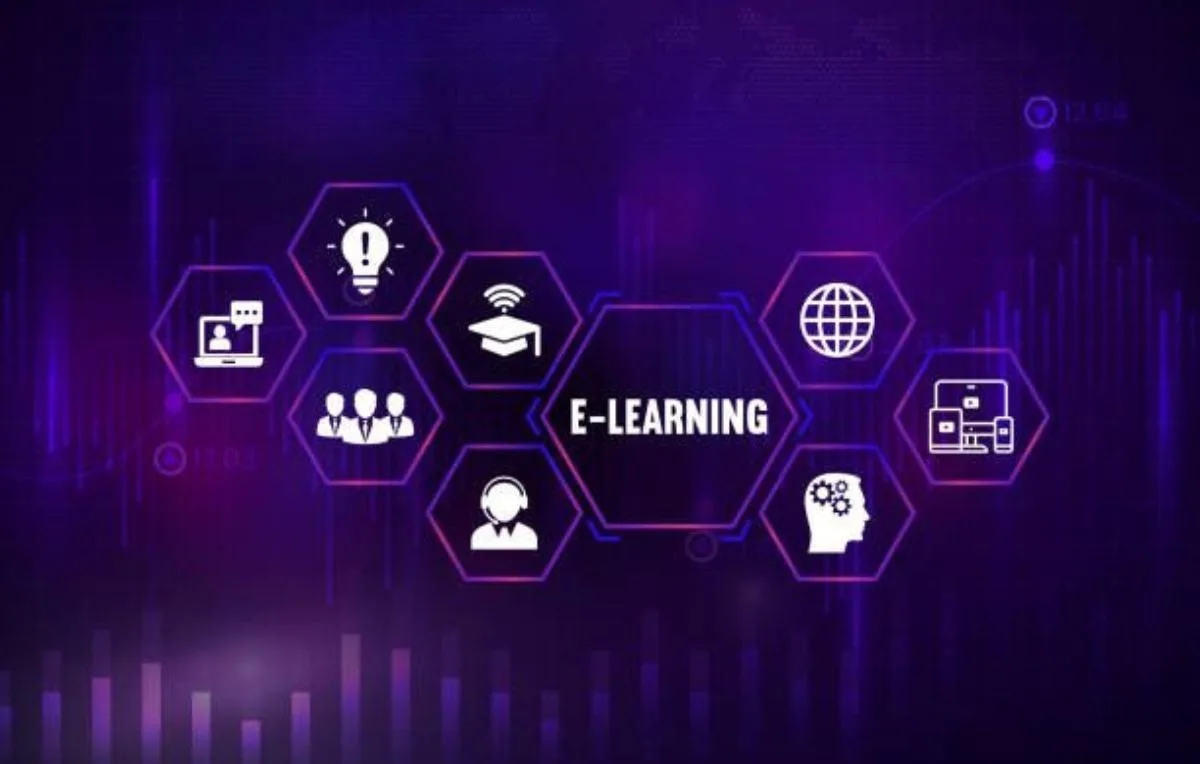Imagine a learning environment where employees don’t just consume content – they create it.
Where every shared experience, tip, or story becomes a learning moment. That’s the power of user-generated content (UGC) in today’s peer-to-peer learning landscape.
As organizations move toward more collaborative and agile learning models, UGC has become more than just a buzzword – it’s a strategic asset. Whether it’s a how-to video recorded by a team lead, a practical checklist created by a frontline employee, or a simple comment in a discussion forum, learner-contributed content is transforming how knowledge is shared and retained.
In this article, we’ll explore how UGC is fuelling authentic peer-to-peer learning, the benefits it brings to learners and organizations alike, and how you can activate it in your own training ecosystem.
What Is User-Generated Content in Learning?
User-generated content refers to any educational material, insight, or resource created by learners themselves. This can include:
- Discussion posts and forum replies
- Shared case studies and project examples
- Recorded presentations or tutorials
- Peer assessments and feedback
- Curated learning resources (articles, tools, videos)
When integrated into a learning management system (LMS) or learning experience platform (LXP), UGC encourages continuous, community-driven learning.
Why Peer-to-Peer Learning Matters Today
With hybrid work models and remote teams becoming the norm, peer learning is no longer a nice-to-have – it’s a necessity. Here’s why it works:
- Knowledge Retention Through Real-World Context
Learners retain more when they relate content to real-life scenarios. UGC provides contextual, firsthand insights that improve comprehension. - Increased Engagement and Participation
People are more likely to engage with content created by their peers. It feels authentic, relatable, and approachable. - Encourages a Culture of Learning
When employees contribute content, they move from passive learners to active knowledge sharers-strengthening the learning culture. - Scalable and Cost-Effective
UGC reduces the need for constant instructor-led sessions, making learning more scalable and budget-friendly.
Top Benefits of User-Generated Content in eLearning
| Benefit | Description |
|---|---|
| Collaboration | Builds a community of shared learning. |
| Customization | Tailored insights for specific teams or departments. |
| Continuous Learning | Keeps knowledge fresh and dynamic. |
| Employee Empowerment | Gives learners a voice and recognition. |
How to Encourage User-Generated Content in Your Organization
Want to unlock the power of UGC for your learning ecosystem? Start here:
- Provide Easy-to-Use Tools
Choose platforms like SimpliTrain or other LXPs that let users record, upload, and share content seamlessly. - Recognize and Reward Contributions
Feature top contributors on leaderboards, newsletters, or internal portals. - Embed UGC in Training Workflows
Incorporate peer videos, testimonials, or quick tips into your formal training modules. - Facilitate Discussion Forums
Create topic-based channels where users can ask questions, share insights, and offer peer support.
Real-World Example: UGC in Action
A global IT company integrated peer-recorded videos into their onboarding module. New hires reported a 42% increase in confidence and job readiness within the first 30 days-attributed directly to relatable peer stories and best practice tips.
Start Small, Scale Fast
User-generated content is more than a trend-it’s a transformative tool in building agile, collaborative learning cultures. By empowering employees to contribute and share, organizations not only scale training but also deepen engagement, connection, and knowledge sharing.











